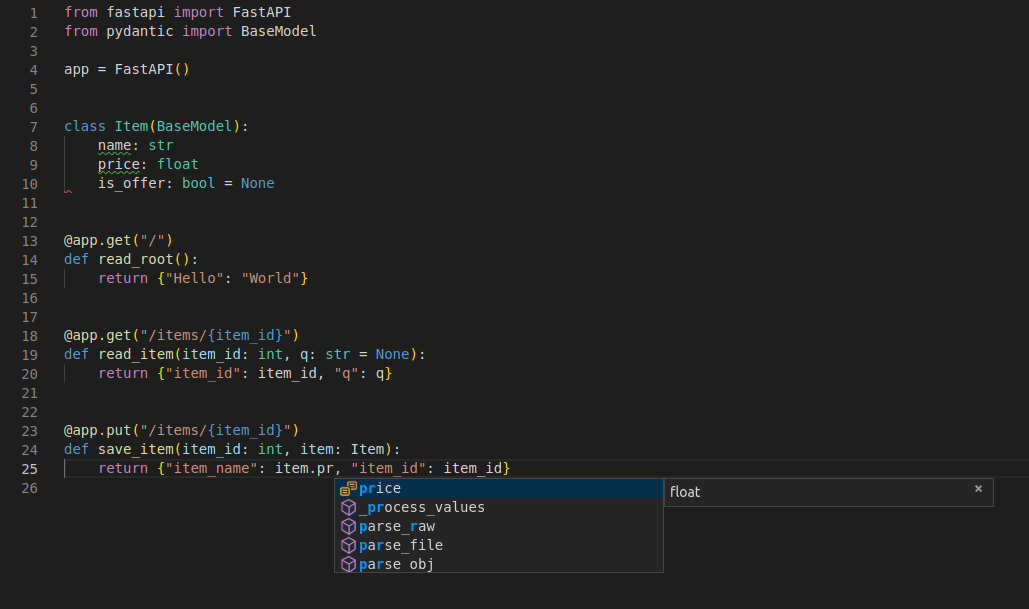- Sort Score
- Result 10 results
- Languages All
Results 1 - 10 of 153 for more (0.12 sec)
-
okhttp/src/main/kotlin/okhttp3/internal/concurrent/TaskRunner.kt
* expect a newly-started thread to call [Runnable.run]. We shouldn't request new threads until * the already-requested ones are in service, otherwise we might create more threads than we need. * * We use [executeCallCount] and [runCallCount] to defend against starting more threads than we * need. Both fields are guarded by [lock]. */ private var executeCallCount = 0 private var runCallCount = 0
Plain Text - Registered: Fri May 03 11:42:14 GMT 2024 - Last Modified: Mon Apr 29 00:33:04 GMT 2024 - 10.6K bytes - Viewed (0) -
okhttp/src/main/kotlin/okhttp3/internal/http/HttpStatusCodes.kt
* individuals on behalf of the Apache Software Foundation. For more * information on the Apache Software Foundation, please see * <http://www.apache.org/>. */ package okhttp3.internal.http // HTTP Status Codes not offered by HttpUrlConnection. // // https://datatracker.ietf.org/doc/html/rfc7231#page-47 //
Plain Text - Registered: Fri May 03 11:42:14 GMT 2024 - Last Modified: Mon Apr 15 13:24:48 GMT 2024 - 1.9K bytes - Viewed (0) -
README.md
``` ...and see how your editor will auto-complete the attributes and know their types:  For a more complete example including more features, see the <a href="https://fastapi.tiangolo.com/tutorial/">Tutorial - User Guide</a>. **Spoiler alert**: the tutorial - user guide includes:
Plain Text - Registered: Sun May 05 07:19:11 GMT 2024 - Last Modified: Thu May 02 22:37:31 GMT 2024 - 22.6K bytes - Viewed (0) -
docs/en/docs/async.md
But before that, handling asynchronous code was quite more complex and difficult. In previous versions of Python, you could have used threads or <a href="https://www.gevent.org/" class="external-link" target="_blank">Gevent</a>. But the code is way more complex to understand, debug, and think about.
Plain Text - Registered: Sun May 05 07:19:11 GMT 2024 - Last Modified: Thu Apr 18 19:53:19 GMT 2024 - 23K bytes - Viewed (0) -
docs/en/docs/reference/testclient.md
# Test Client - `TestClient` You can use the `TestClient` class to test FastAPI applications without creating an actual HTTP and socket connection, just communicating directly with the FastAPI code. Read more about it in the [FastAPI docs for Testing](https://fastapi.tiangolo.com/tutorial/testing/). You can import it directly from `fastapi.testclient`: ```python from fastapi.testclient import TestClient ```
Plain Text - Registered: Sun May 05 07:19:11 GMT 2024 - Last Modified: Thu Apr 18 19:53:19 GMT 2024 - 450 bytes - Viewed (0) -
docs/en/docs/help-fastapi.md
### Don't use the chat for questions Keep in mind that as chats allow more "free conversation", it's easy to ask questions that are too general and more difficult to answer, so, you might not receive answers.
Plain Text - Registered: Sun May 05 07:19:11 GMT 2024 - Last Modified: Thu Apr 18 19:53:19 GMT 2024 - 13.7K bytes - Viewed (0) -
maven-api-impl/src/test/remote-repo/org/apache/maven/plugins/maven-surefire-plugin/0.1/maven-surefire-plugin-0.1.pom
<packaging>maven-plugin</packaging> <name>Maven Integration Test Plugin</name> <description> A test plugin to assist testing of Maven core. </description> <inceptionYear>2009</inceptionYear> <distributionManagement> <repository> <id>maven-core-it</id> <url>file:///${basedir}/repo</url> </repository> </distributionManagement> <properties>
Plain Text - Registered: Sun May 05 03:35:11 GMT 2024 - Last Modified: Thu May 02 15:10:38 GMT 2024 - 2.1K bytes - Viewed (0) -
docs/en/docs/reference/staticfiles.md
# Static Files - `StaticFiles` You can use the `StaticFiles` class to serve static files, like JavaScript, CSS, images, etc. Read more about it in the [FastAPI docs for Static Files](https://fastapi.tiangolo.com/tutorial/static-files/). You can import it directly from `fastapi.staticfiles`: ```python from fastapi.staticfiles import StaticFiles ```
Plain Text - Registered: Sun May 05 07:19:11 GMT 2024 - Last Modified: Thu Apr 18 19:53:19 GMT 2024 - 391 bytes - Viewed (0) -
docs/en/docs/tutorial/extra-models.md
# Extra Models Continuing with the previous example, it will be common to have more than one related model. This is especially the case for user models, because: * The **input model** needs to be able to have a password. * The **output model** should not have a password. * The **database model** would probably need to have a hashed password. !!! danger Never store user's plaintext passwords. Always store a "secure hash" that you can then verify.Plain Text - Registered: Sun May 05 07:19:11 GMT 2024 - Last Modified: Thu Apr 18 19:53:19 GMT 2024 - 7.7K bytes - Viewed (1) -
docs/en/docs/advanced/websockets.md
If you need something easy to integrate with FastAPI but that is more robust, supported by Redis, PostgreSQL or others, check <a href="https://github.com/encode/broadcaster" class="external-link" target="_blank">encode/broadcaster</a>. ## More info To learn more about the options, check Starlette's documentation for:Plain Text - Registered: Sun May 05 07:19:11 GMT 2024 - Last Modified: Thu May 02 22:37:31 GMT 2024 - 6.2K bytes - Viewed (0)